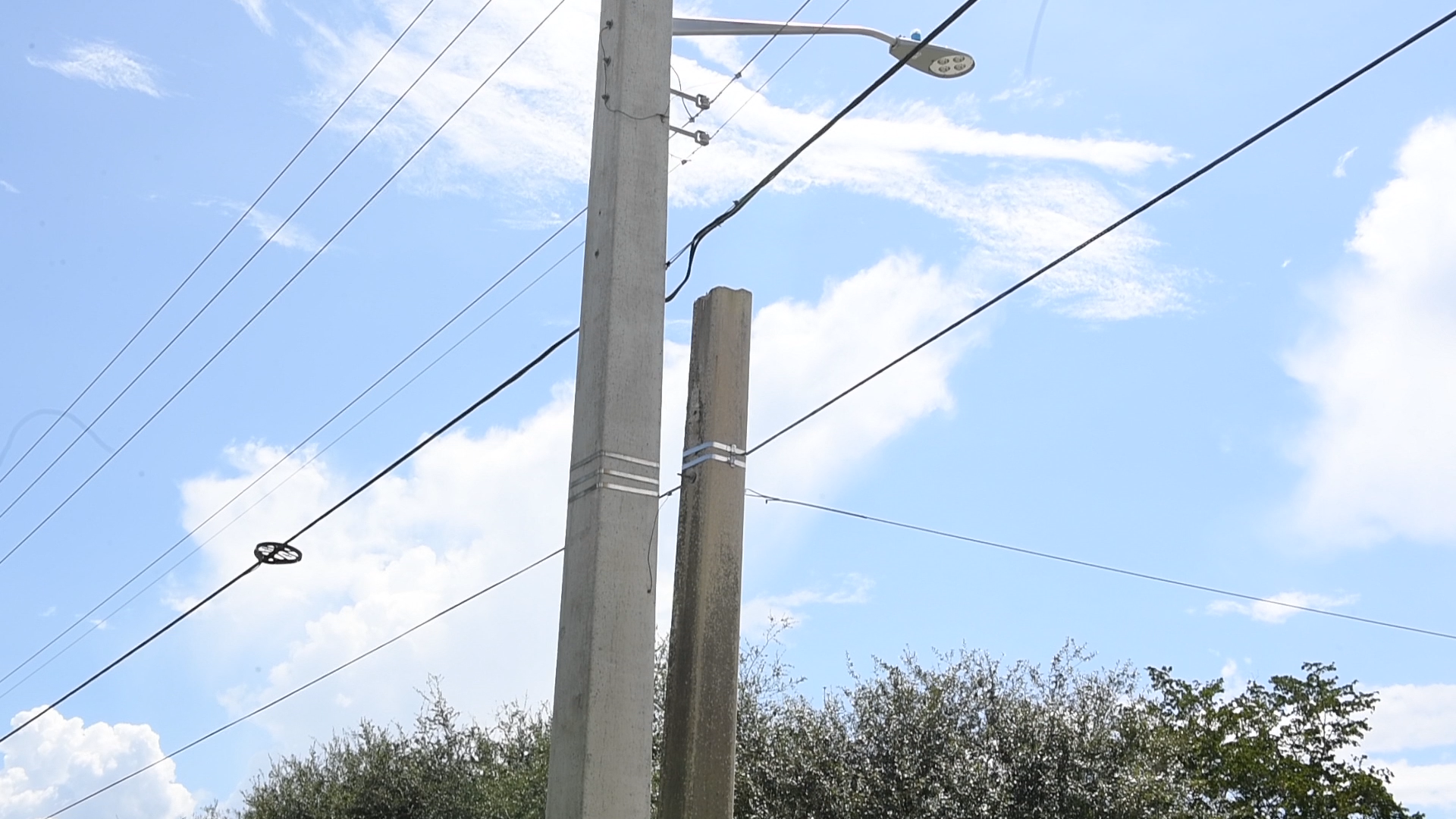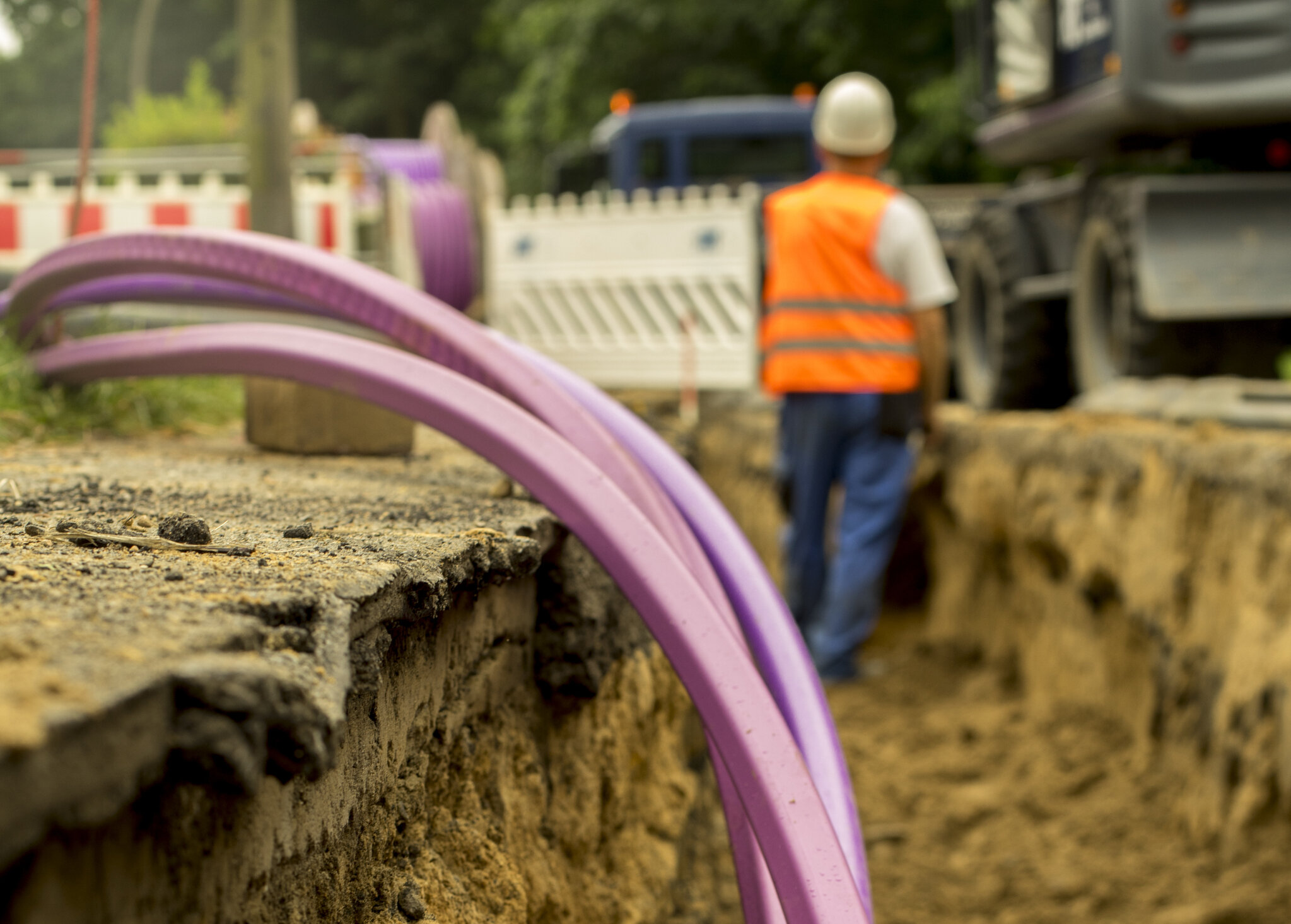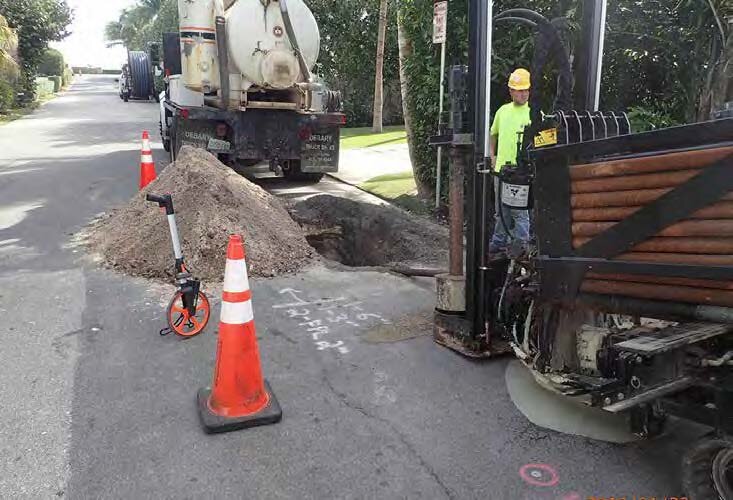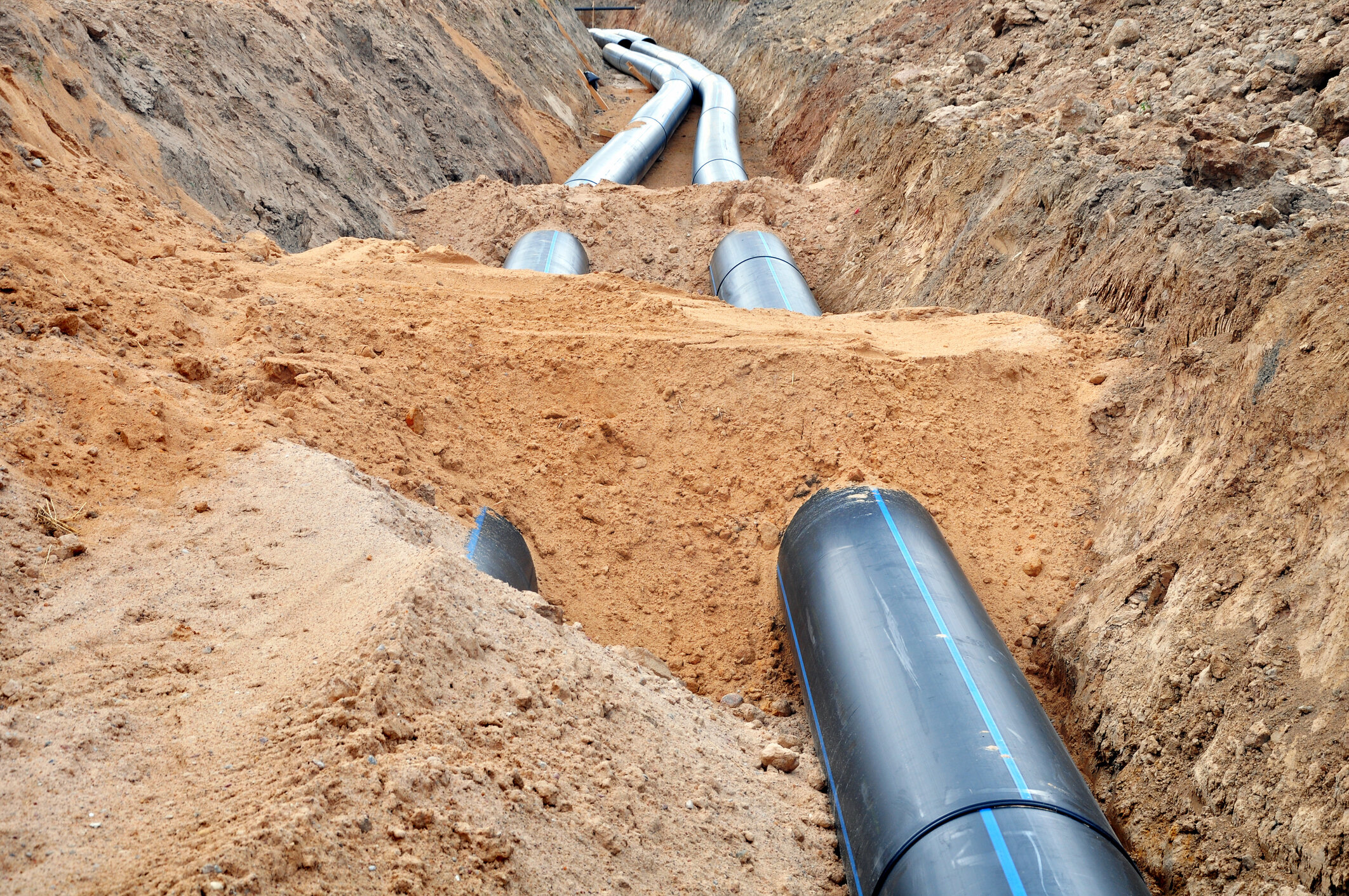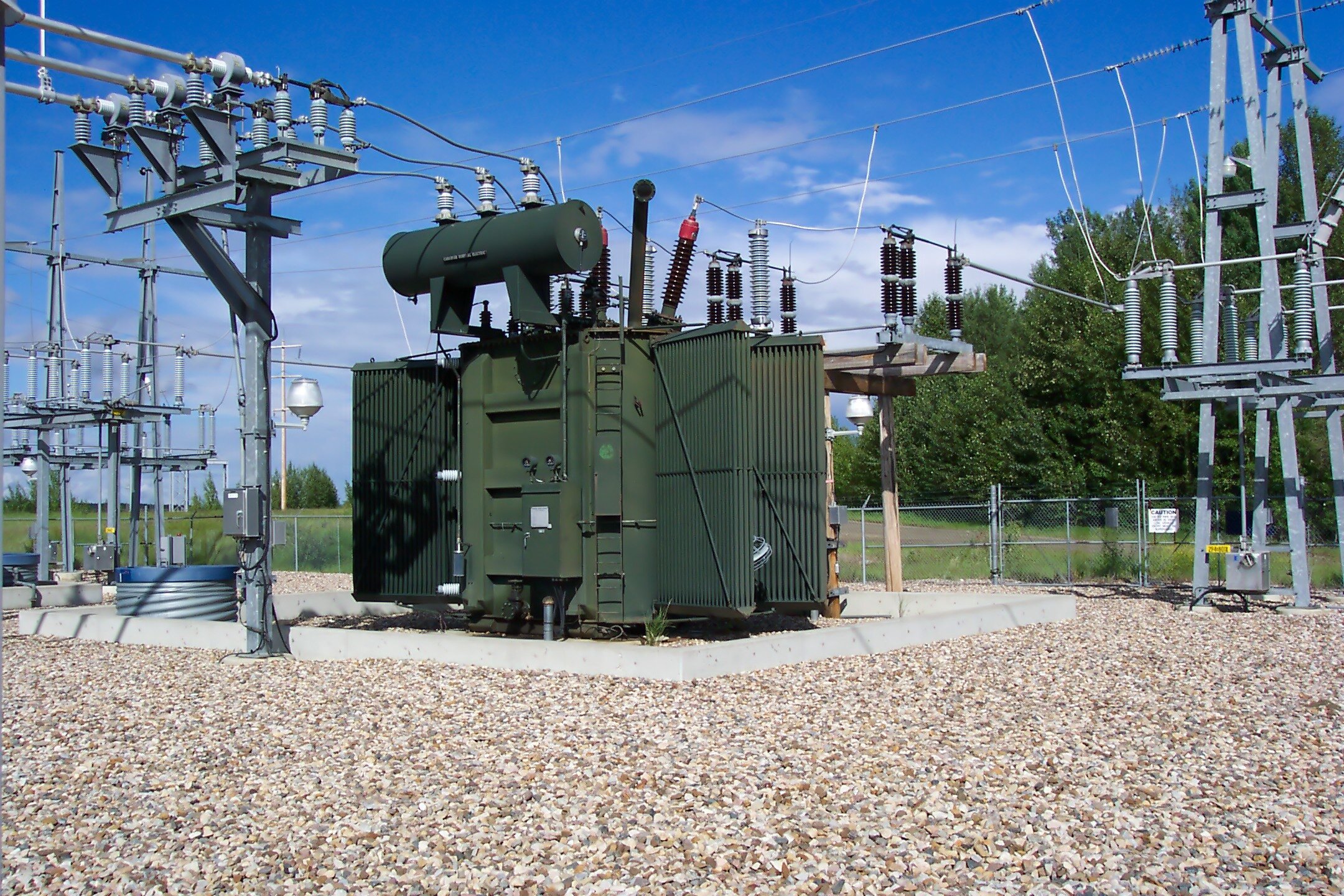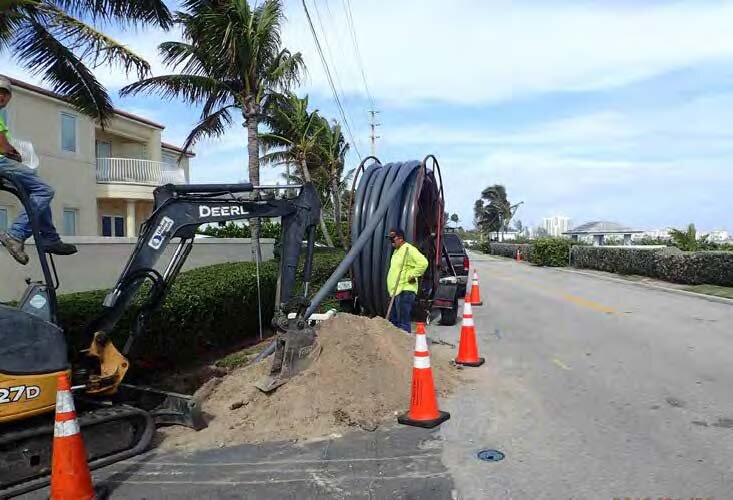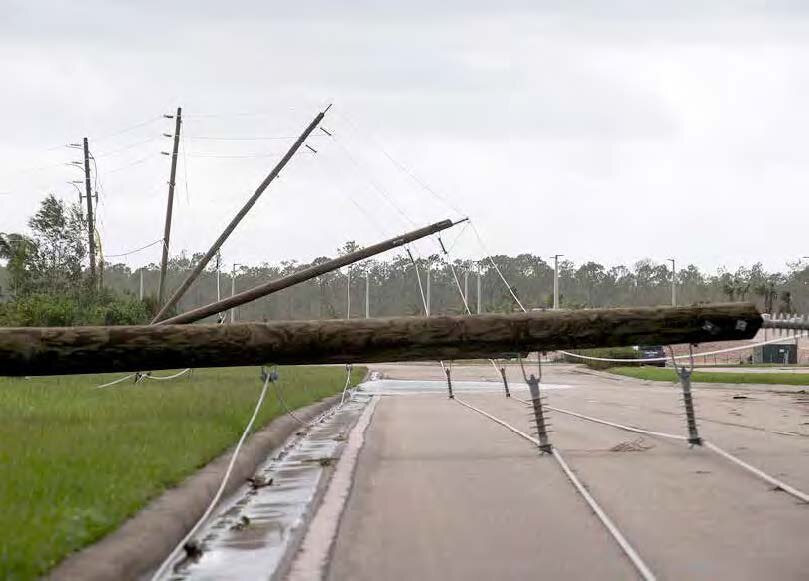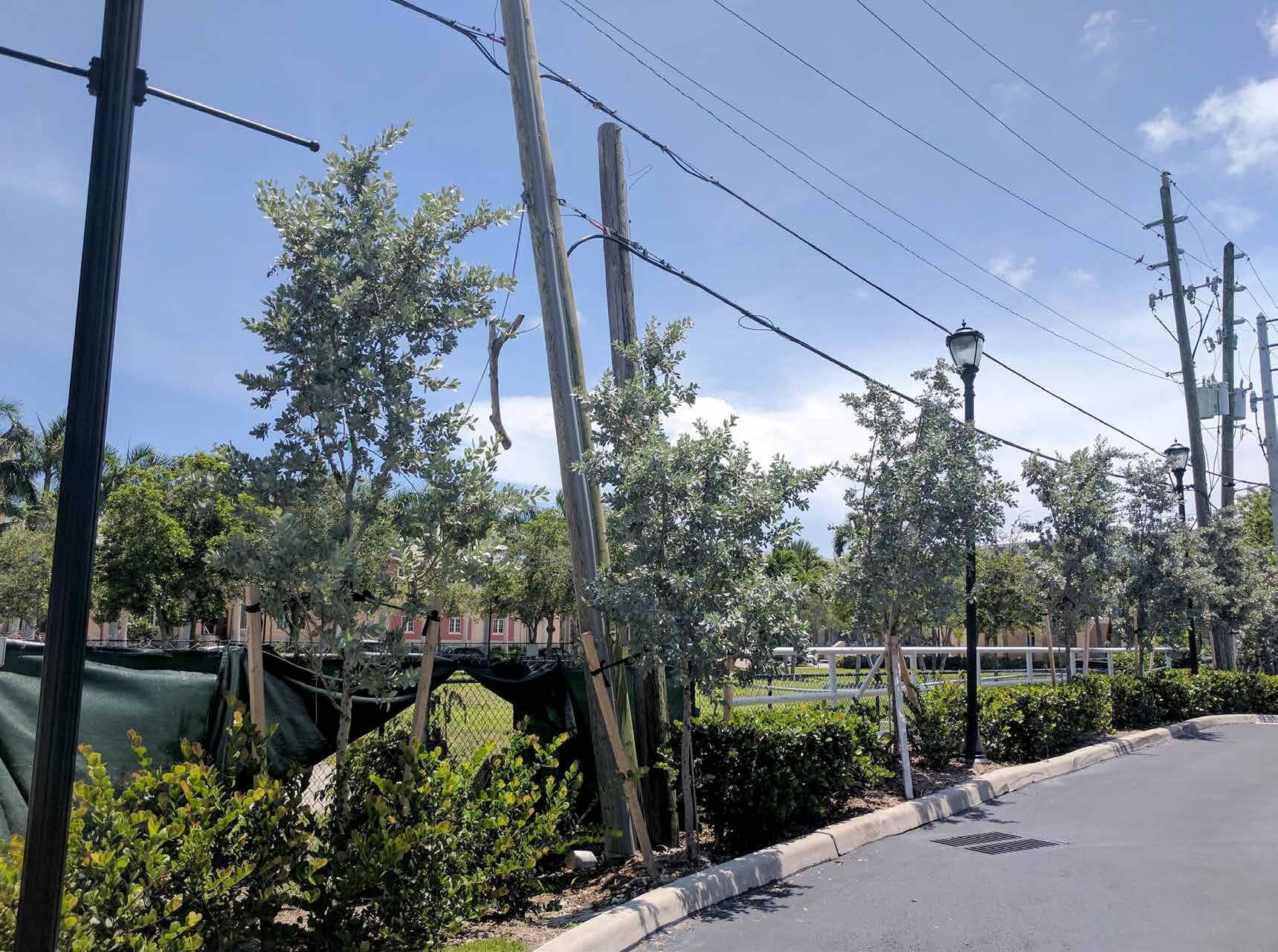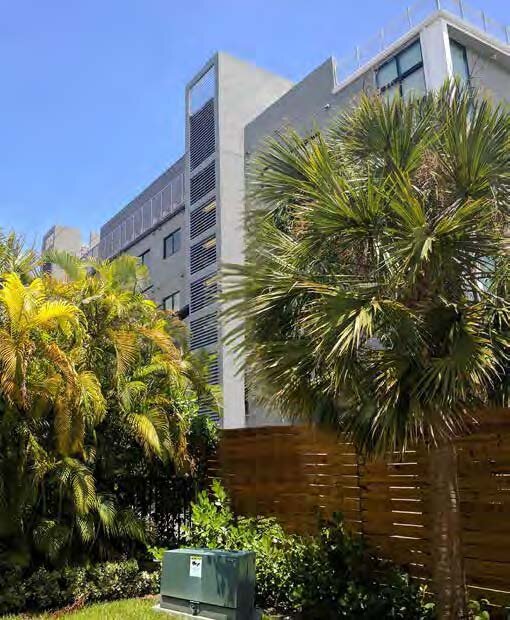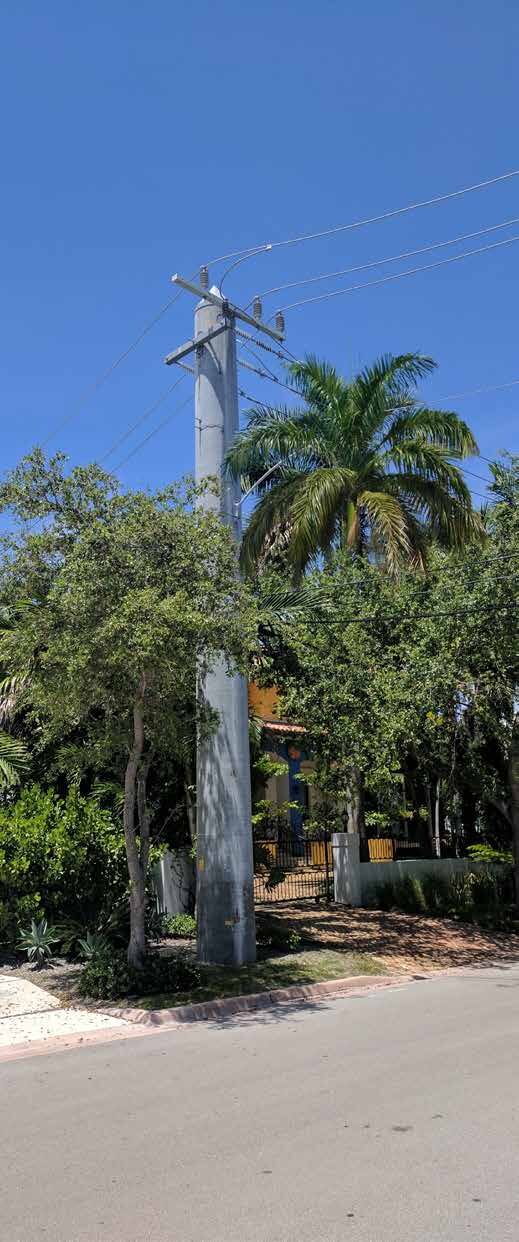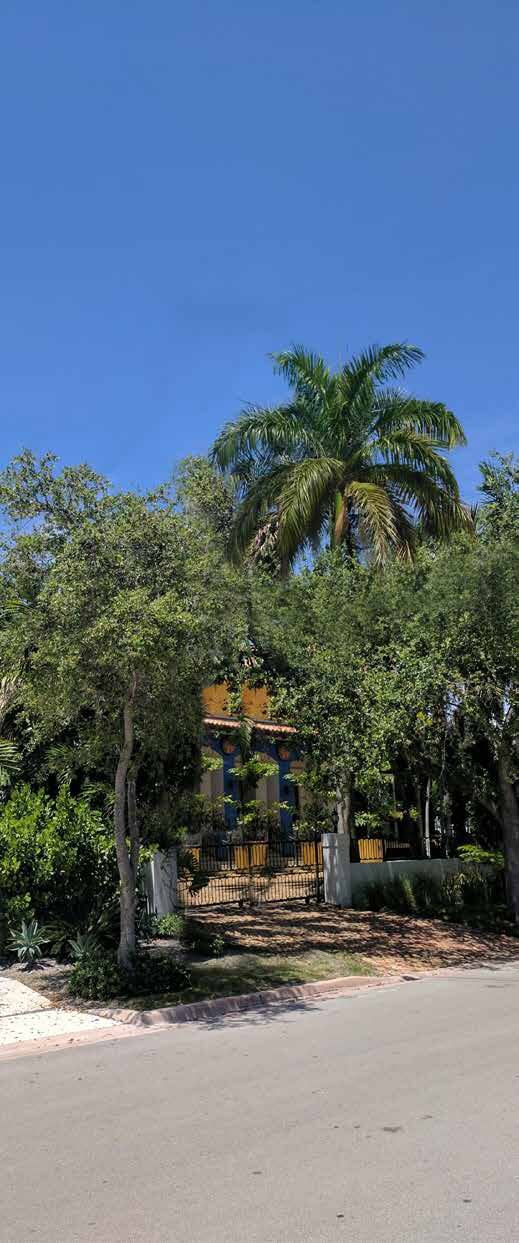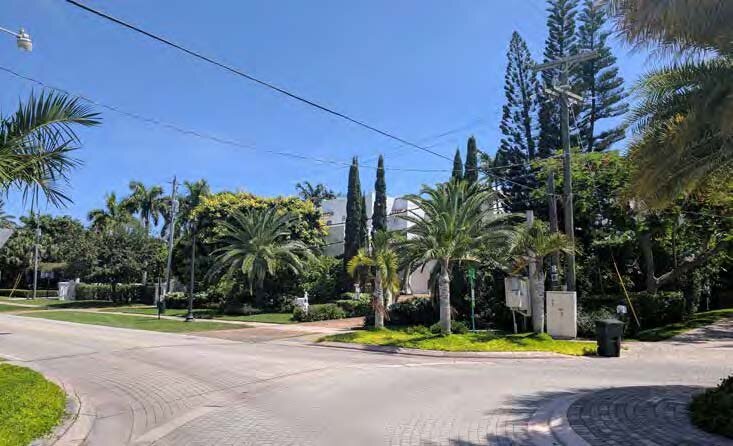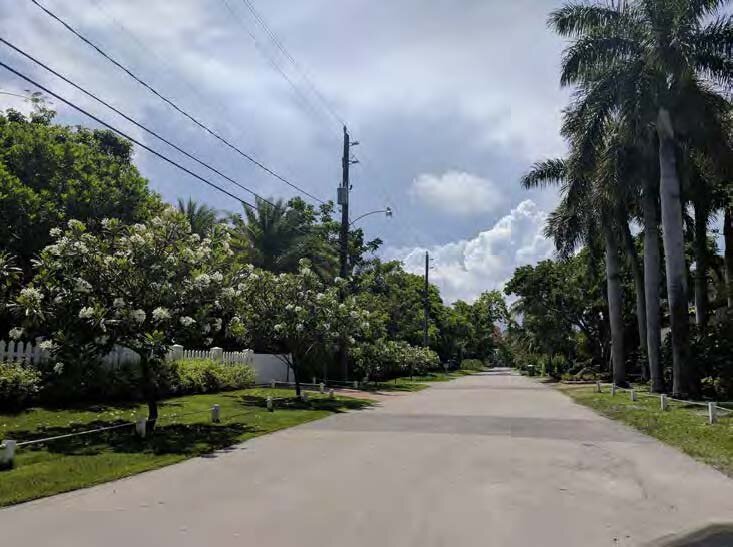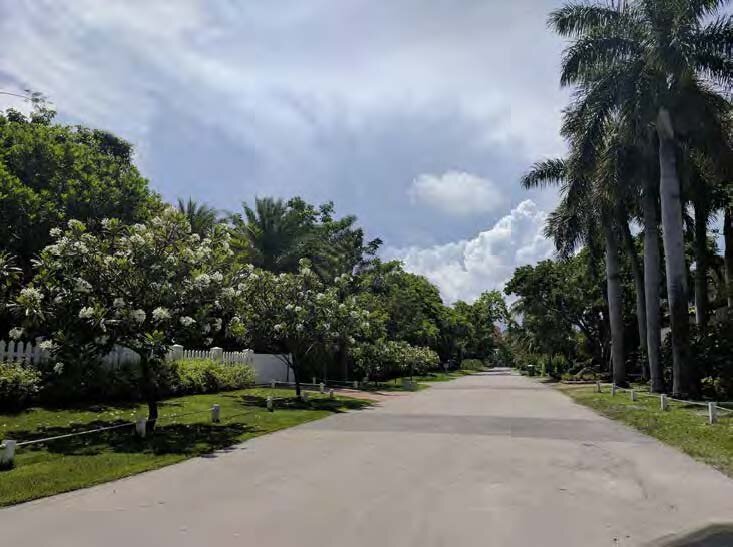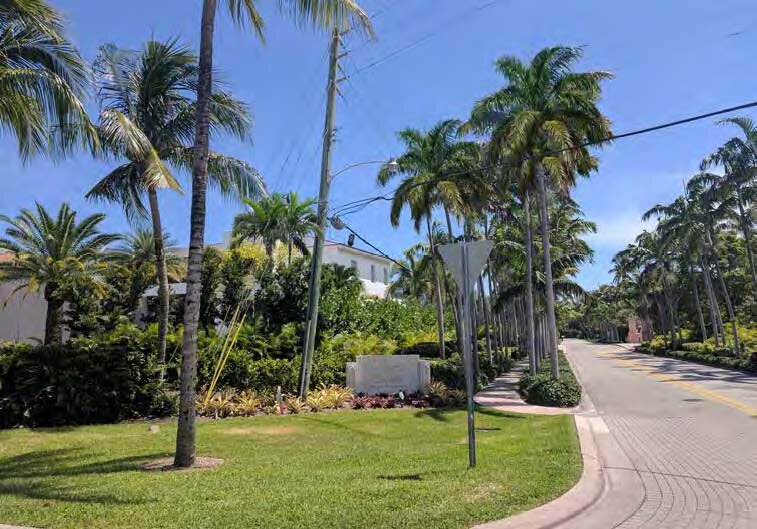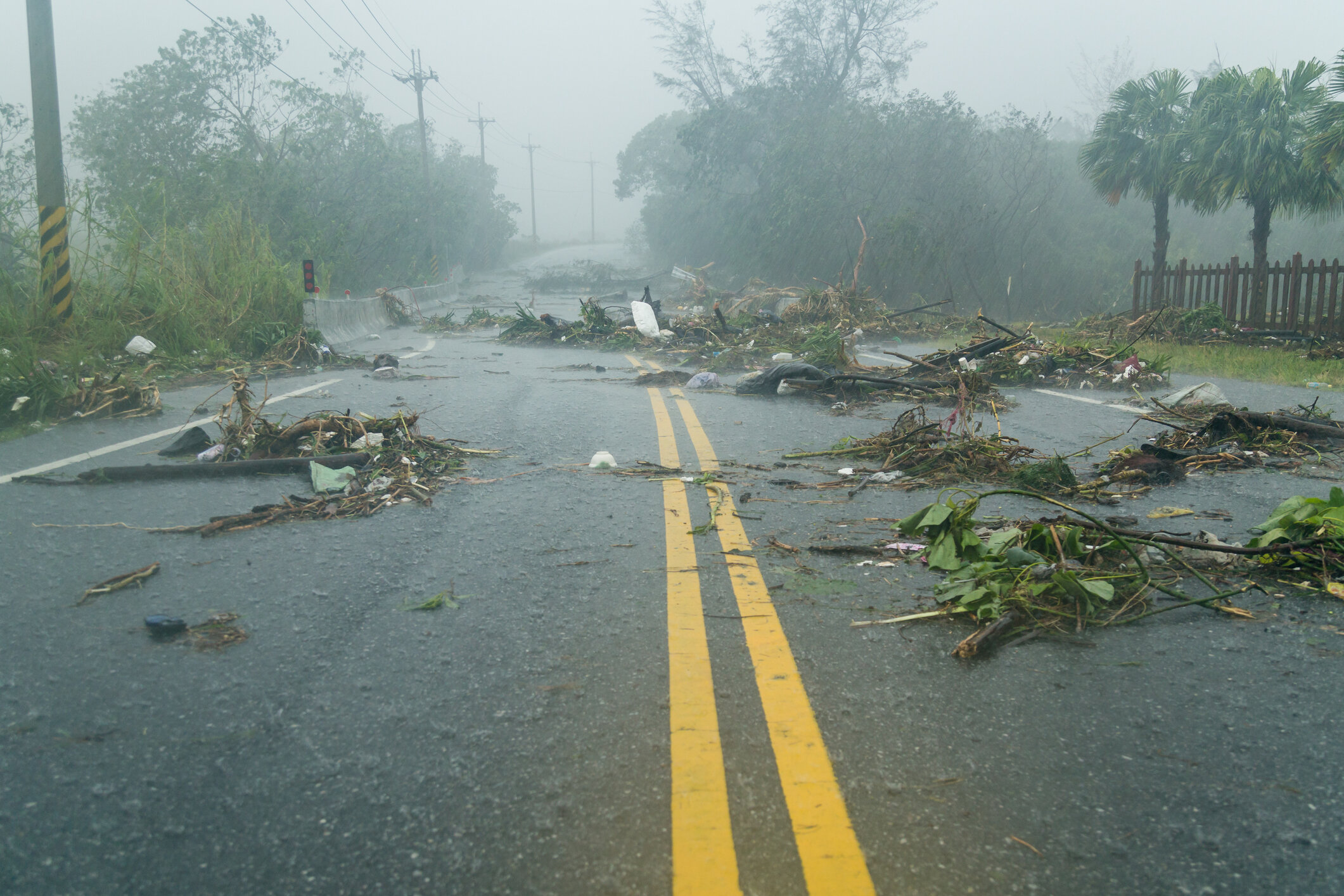
Hardening the Village’s Infrastructure to the Effects of Hurricanes
"Over the past decade, multiple hurricanes have impacted the South Florida area and caused widespread power and communications systems disruptions. In September of 2017, Hurricane Irma made landfall in the Florida Keys as a Category 4 hurricane. Within the Village there were reports of many property owners either without power or communications service for days as utility crews repaired the damage. Like many other municipalities in South Florida, these severe weather events prompted the Village to investigate the feasibility of relocating the existing overhead utility infrastructure (electric, telephone, and cable) to an underground location, also referred to as Undergrounding."
- Key Biscayne Master Plan: Undergrounding of Utilities
Avoiding a “hardened” aesthetic.
Based on the substantial costs and impacts to the electrical grid caused by past hurricanes, FPL has embarked on a program to harden their network of poles supporting feeder infrastructure to increase their resiliency during future storm events. Hardened infrastructure generally consists of replacing existing utility poles with larger concrete poles that can withstand higher wind speeds.
The Village, however, decided that FPL’s storm hardening program would have a negative impact on the Village’s aesthetics.
Undergrounding; a context-sensitive solution:
Considering the harsh aesthetic of hardened concrete utility poles, along with the reliability and safety benefits, the Village decided that a conversion of the overhead utilities to an underground location, also known as undergrounding, should be pursued. This option would ensure increased resiliency and reliability of the infrastructure without compromising the aesthetic of our Island Paradise.
Safety, reliability, and aesthetics
The conversion from overhead to underground facilities will improve the safety, reliability, and aesthetics of the electric and communications infrastructure serving the Village.
Click the button below to learn more by viewing the Undergrounding of Utilities Master Plan for the Village of Key Biscayne.
A phased approach
Hardening of the utility infrastructure of the Village of Key Biscayne would be undertaken in phases strategically sequenced with other projects related to roadway improvements and stormwater system upgrades such that disruption to the community due to construction would be minimized.
Hardening of support infrastructure
While hardening of the utility infrastructure would involve undergrounding electric, phone, cable and possibly fiber optic lines in the future, in other instances, the hardening of structures that support the electrical components of the grid such as transformers, switchgear, and capacitor banks maybe strategically elevated for protection from storm related flooding.
Utility Undergrounding Fast Facts:
Solves:
Electrical service interruptions and outages
Telecommunication service interruptions and outages
Exposed power lines
High number of downed power lines and poles
Electrical fires
Benefits + Impacts:
Improved safety
Improved reliability
Improved aesthetics
Removal of unsightly overhead lines and poles
Elimination of the need for FPL’s tree line clearing
Reclaimed rear yard easements
Increased property values
Highlights:
Impact:
Estimated GOB Project Cost: $35,200,000
Estimated Project Size: Village-wide
Estimated Duration: 7 years
Project Status: Pre-design
Project Manager: PW / CRSO
Key Benefits of Undergrounding in Key Biscayne
Safety
An underground utility system is generally safer than an overhead utility system because the electric and communication cables and equipment are less accessible to accidental contact with the public and the elements. For example, during windstorm events overhead facilities may be blown down, creating impacts to property and exposing the public to the risk of electric shock. Additionally, routine maintenance of landscaping may cause accidental contact with overhead powerlines causing a risk of electric shock.
Reliability
Based on a report entitled Out of Sight, Out of Mind, An Updated Study on the Undergrounding of Overhead Power Lines by the Edison Electric Institute (2012), an underground utility system is generally more reliable than an overhead utility system because it is less susceptible to impacts from weather events, exposure to wildlife, and contact with vegetation.
This conclusion is further supported by findings recently reported to the Public Service Commission by FPL. They found their underground systems outperformed their overhead systems in average interruption duration and average interruption frequency by 80%.
Aesthetics
The Village of Key Biscayne maintains a high standard of visual aesthetics throughout the community. The Zoning and Planning Division and the Village Council are charged with protecting this visual image through a thorough review process for any construction and renovation projects within the Village.
The relocation of overhead utilities to an underground location provides an opportunity to enhance the visual aesthetics of the Village and allows greater flexibility for architectural and landscape architectural improvements in areas that were previously restricted by overhead utilities.
Case Studies: Undergrounding of Overhead Utilities in Key Biscayne
Before
Before
After
After
Before
After
Before
After
Before
After
Before
After
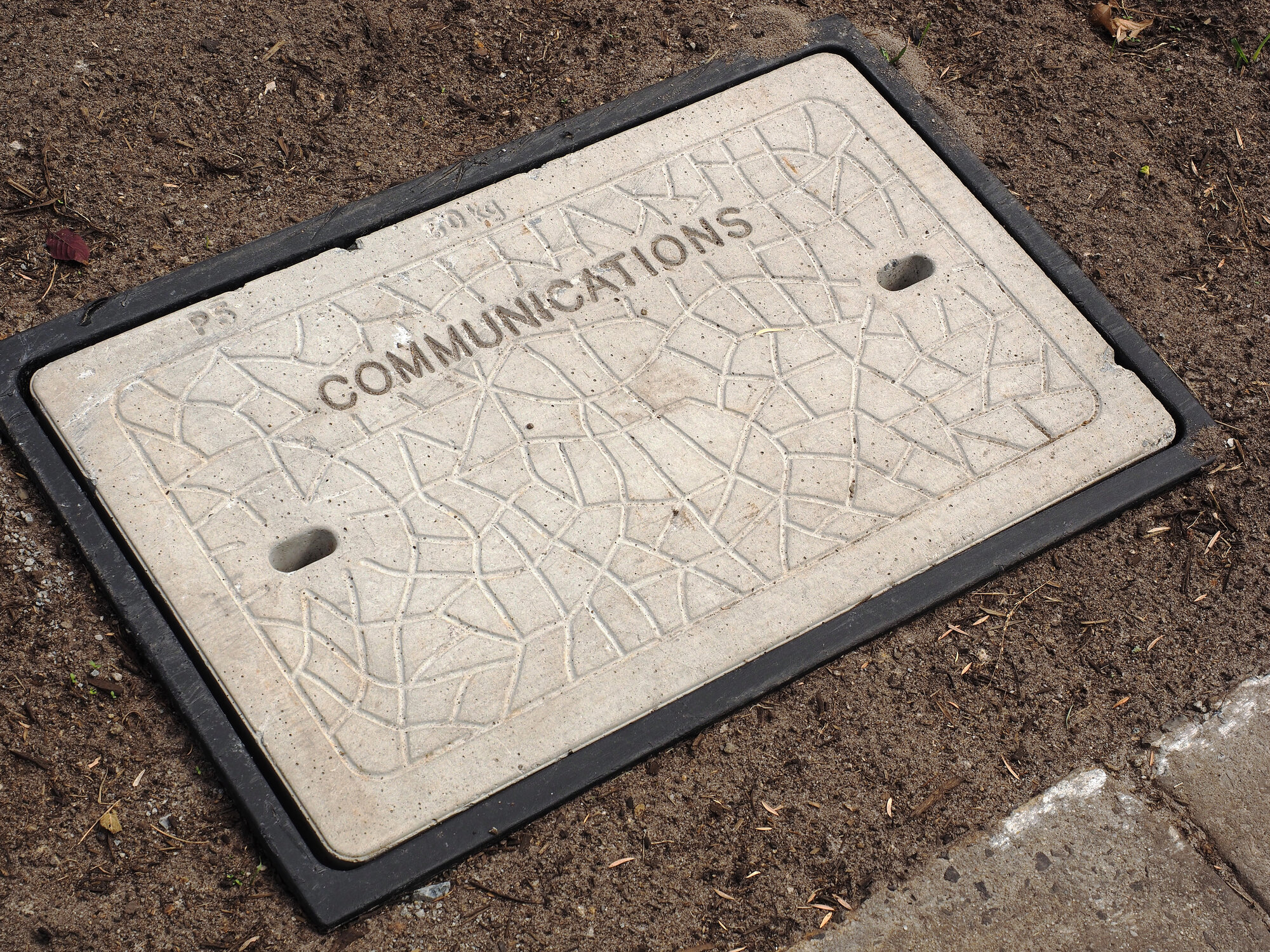
“ The average customer experienced significantly fewer minutes of outage from underground system outage events each year”
— Edison Electric Institute

